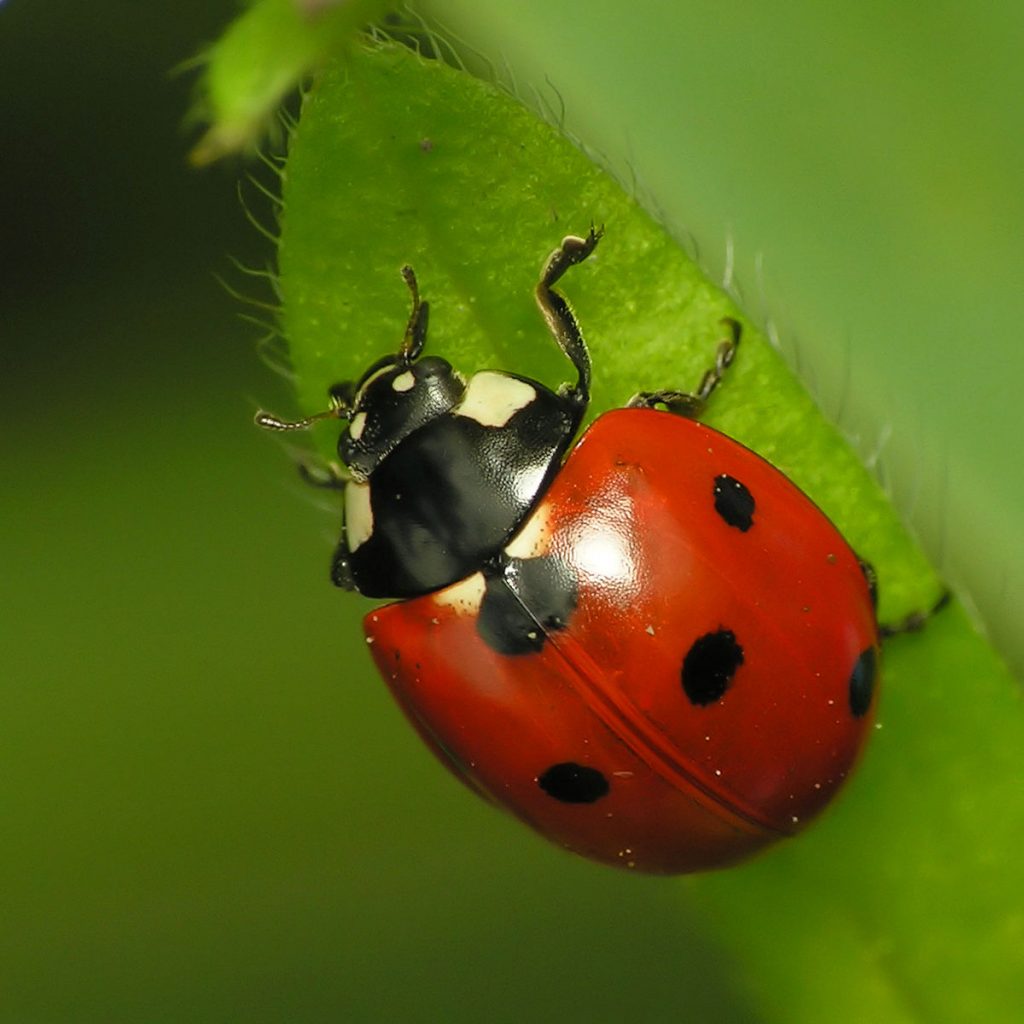
Although there have been hotter summers in terms of temperatures reached, the great summer of 1976 remains the benchmark by which other heatwaves in the United Kingdom are measured.
There are many good reasons for this. During the intense and unrelenting heat of that year reservoirs dried up, roads melted, crop yields were badly hit leading to a 12% increase in food prices, bush and gorse fires abounded, and a dedicated Minister for Drought was appointed who memorably advised Britons to save water by bathing with a friend.
For fifteen consecutive days temperatures in at least one part of the country exceeded 32.2 degrees Centigrade, whilst at London’s Heathrow airport the thermometer did not record a figure below thirty for a whole 16 days in a row.
And yet still it wasn’t so much about the heat, as the length of time that it lasted. Generally a “heatwave” is declared when excessively hot temperatures are experienced for a period of three days or more. In 1976, some places in the UK did not see rain for a whole 45 days.
The great ladybird invasion
But there was another occurrence for which the summer heatwave of 1976 will forever be remembered. The great ladybird invasion.
There are swarms and then there are swarms, but never before nor since has this country ever seen the like of it. According to the British Entomological and Natural History Society some 24 billion seven-spotted ladybirds (that’s ladybugs to our American cousins) – Coccinella septempunctata – breached our coastal defences and caused merry havoc amongst an unsuspecting and entirely unprepared population.
So intense was their presence that it was difficult to walk on the pavements without treading them underfoot. Ponds and open-air pools were before long completely covered with dead insects. These normally placid and popular creatures caused families enjoying a picnic or a day on the beach to flee in terror as they found their way en masse into the hair, the eyes and the mouths of small children.
Conflicting theories
Even today there is more than one theory about how, and why, they came. Their even more intense concentration around coastal resorts led some to conclude that they were looking to escape heat-ravaged Britain in their quest for food. Helen Roy, from the Centre for Ecology and Hydrology and co-author of the UK Ladybird Survey, believes they became trapped at the sea because they were too hungry and tired to make the journey across to the continent.
But Ian Rotherham, a Professor of Environmental Geography at Sheffield’s Hallam University, considers this unlikely, believing instead that the coastal swarms were newly arrived rather than looking to leave. Immigrating rather than emigrating.
As to why, the received wisdom is they came in pursuit of aphids, traditionally their preferred delicacy, which themselves were at first plentiful during that scorching dry summer. When the plants upon which they fed matured and expired early the aphid population collapsed, leaving billions of starving ladybirds bereft, weak and desperate.
This would certainly explain the unusual, although much-reported phenomenon of ladybirds biting humans during that summer, as the wretched creatures tried to draw their sweat in a distressed attempt to remain hydrated.
As for what caused the explosion in the aphid population in the first place, some point to the introduction a few years before of Maris Huntsman wheat, of which they were reputedly fond. But no-one really knows.
Could it happen again?
One other curiosity is that ladybird “invasions” had hitherto typically occurred once every fifteen years or so, albeit on a far smaller scale than in 1976. And yet following the sad but inevitable demise of the bespeckled hordes which graced our shores in ’76. there has not been one since. Why should this be?
In the hot summer of 1990, when the next incursion would have been round about due, a parasite destroyed large numbers of ladybird pupae. This would have had the effect of culling the adult population. But even that was over thirty years ago.
Could it happen again? There have been no signs, although one should never say never. But then again, ’76 was just different in so very many ways.

If you enjoyed reading this article, make sure you stay updated with all Phil’s latest blog posts by signing up to receive his free Newsletter. You can unsubscribe at any time and your details will never be shared with any third party. Click here to sign up today.